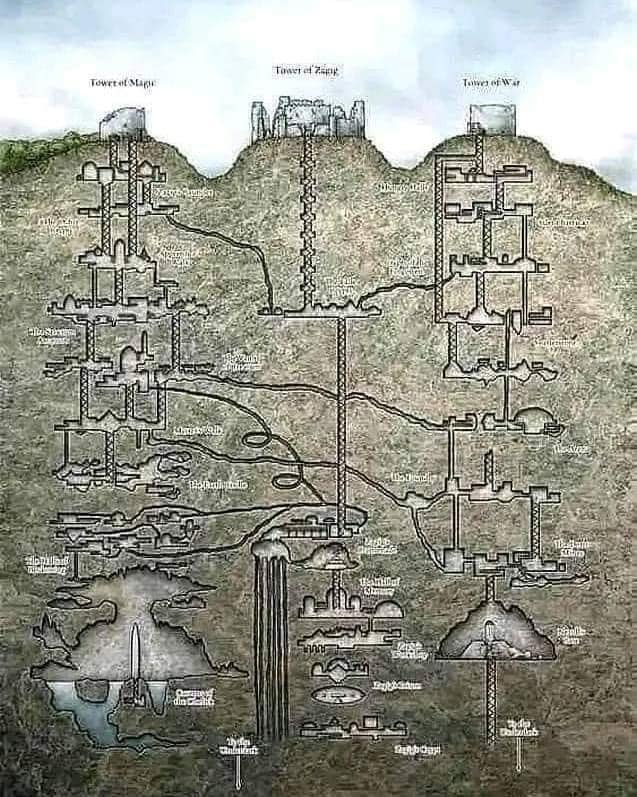As a dedicated archaeologist with 50 years of experience studying the ancient world, I have witnessed many groundbreaking discoveries. However, few findings have had the potential to reshape our understanding of prehistoric civilizations as profoundly as the recent revelation of a vast network of underground tunnels stretching across Europe. These tunnels, believed to date back approximately 12,000 years, have been unearthed in various regions—from Scotland in the northwest to Turkey in the southeast. Their sheer scale and sophistication suggest that ancient cultures may have been far more interconnected than previously believed, challenging long-held assumptions about early human societies.

The tunnels themselves present a compelling mystery. Although their full purpose remains unknown, archaeologists and researchers have proposed several plausible theories. Some experts believe these passageways served as protection, offering safe routes for ancient peoples to move undetected and unharmed by predators or hostile forces. Others argue that they functioned as ancient highways, facilitating travel and trade across vast distances. A third hypothesis is that the tunnels held spiritual or religious significance, possibly representing sacred routes or connections to the underworld. These theories are supported by the diversity and complexity of the tunnel systems discovered, as well as cultural artifacts and writings found in or near the entrances of some tunnels.
Dr. Heinrich Kush, a respected German archaeologist, has been at the forefront of documenting these remarkable findings. In his book, Secrets Of The Underground Door To An Ancient World, Dr. Kush details numerous examples of tunnels beneath Neolithic settlements across Europe. His research highlights the tunnels’ wide distribution and consistency in design, suggesting a shared cultural or technological knowledge among ancient communities spread over thousands of miles.
The tunnels vary greatly in size and structure. Some are narrow, just large enough for a person to pass through, while others exceed a meter in width and include chambers, storage areas, and even seating nooks carved into the stone walls. These features point to advanced engineering skills and a deep understanding of construction techniques. The tunnels’ stability over millennia, surviving earthquakes, floods, and the passage of time, attests to the ancient builders’ remarkable expertise.
One of the most impressive examples of this subterranean architecture is found in Cappadocia, Turkey. The underground city of Derinkuyu exemplifies the complexity and scale of ancient tunnel construction. Built into soft volcanic rock, Derinkuyu extends several levels below ground and features living quarters, ventilation shafts, communal rooms, and even wells. It could house thousands of people, providing not only shelter but also a self-sustaining environment. The builders’ ability to create such a stable and extensive underground complex without modern tools continues to astonish archaeologists and engineers alike.
Bosnia offers another intriguing example. The Bosnian Pyramids, often dismissed by mainstream scholars, are surrounded by extensive tunnel networks that hint at sophisticated ancient engineering. These tunnels stretch for miles beneath the hills of Visoko and show signs of deliberate construction, including megalithic blocks, symmetrical walls, and carved inscriptions. Although controversial, these features lend further support to the theory that ancient Europeans were capable of complex subterranean building.
Beyond the physical construction, the tunnels also carry significant cultural implications. Dr. Kush has suggested that the Christian Church may have attempted to suppress knowledge of these prehistoric structures. In some cases, chapels or churches were built directly atop tunnel entrances, possibly as a means of controlling access or reinterpreting their significance within a Christian framework. Some tunnels contain inscriptions referring to them as “gateways to the underworld,” suggesting a spiritual or ritual function. These references indicate that the tunnels were more than mere pathways—they may have held deep symbolic meaning for the people who built and used them.
The existence of this extensive tunnel network forces us to reconsider the technological and cultural capabilities of our ancestors. Far from being primitive, isolated groups, the people who built these tunnels may have possessed sophisticated knowledge of engineering, architecture, and geography. They may have coordinated over long distances, sharing techniques and cultural values across regions that we once thought were disconnected.
This discovery also raises important questions about the preservation and transmission of knowledge in ancient times. If such an expansive tunnel network could be created and maintained over thousands of years, what other achievements might have been lost to history? What methods of communication and collaboration might these ancient peoples have employed? The tunnels suggest a level of organization and cooperation that hints at early forms of complex societies, long before the rise of written history.
In conclusion, the network of underground tunnels stretching from Scotland to Turkey is more than a remarkable archaeological find—it is a window into a past that may have been far more advanced and interconnected than we ever imagined. These tunnels challenge our assumptions about prehistoric Europe, suggesting that ancient peoples were capable of feats of engineering and cooperation that rival those of more recent civilizations. As we continue to explore and study these subterranean passageways, we may uncover further evidence of lost knowledge and technological prowess, ultimately reshaping our understanding of human history. The journey to uncover the truth behind these ancient tunnels is just beginning, and with each new discovery, we move one step closer to unveiling the secrets of our distant ancestors.





